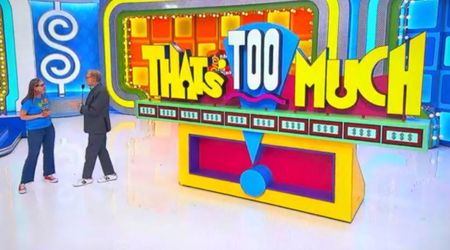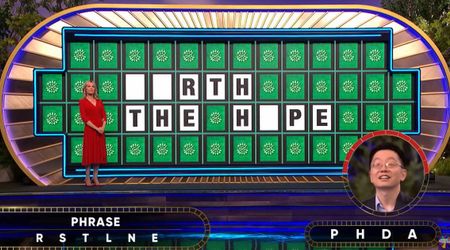Federal Reserve May Pause Interest Rates Hike; Here's What It Means For Consumers

The Federal Reserve is expected to temporarily pause the interest rate hikes when it meets next week, according to experts. The Central Bank has already raised interest rates 10 times since lmay not see any relief. A pause is not going to make things better, experts added.
"We are living in uncharted territory,” Charlie Wise, senior vice president and head of global research and consulting at TransUnion told CNBC. “The combination of rising interest rates and elevated inflation, while not uncommon from a historical perspective, is an unfamiliar experience for many consumers."
Interest Rates Hike Pause Impact on Inflation
According to CNBC, the rate-hike cycles have cooled inflation, however, higher prices have caused real wages to fall. People had to recalculate their household budgets, pushing more and more people into debt right when the borrowing rates touched record highs.
Here's how the interest rates impacted consumers:
Rates Of Credit Card Top 20%

The US central Bank sets the federal funds rate, which is the interest rate at which banks borrow and lend each another money. Note that this is not the interest rate the consumers pay. However, the Fed's moves still have a role to play when it comes to borrowing and savings rates that consumers see every day.
Mortgage Rates Near 7%
The average rate for the 30-year fixed-rate mortgage currently sits at 6.9%. It went up from 5.27% one year ago. Adjustable-rate mortgages, or ARMs, and home equity lines of credit, or HELOCs, are pegged to the prime rate, as per Bankrate.
The average rate for HELOC is up to 8.3%, the highest in 22 years.
Federal Student Loans Are All Set To Rise to 5.5%
Federal student loan rates are also fixed. As of July, undergraduate students who'll take direct federal loans will see interest rates rise to 5.50% up from 4.99% in the 2022-23 academic year and 3.73% in 2021-22.
For now, anyone with existing federal student loans will see a rise to 5.50% up from 4.99% in the 2022-23 academic year and 3.73 in the 2021-22.
However, right now the federal education debt will benefit from rates at 0% until the repayment starts.
Deposits Rates At Certain Banks Are Up To 5%

The savings account rates at some of the largest retail banks, which were reallowed during the pandemic are now up to 0.4% on average.
Thanks, in part, to lower overhead expenses, top-yielding online savings account rates are now 5%, the highest since the 2008, financial crisis.
What Is The Relationship Between Inflation and Interest Rates?
Inflation and interest rates typically move in the same direction, because interest rates are the primary tool used by the US central bank to control inflation.
The Federal Reserve Act says the Fed promotes employment while keeping the prices stable. Since 2012 the Federal Reserve targeted an annual inflation rate of 2%. The Federal Reserve responds to high inflation risks by raising its benchmark federal funds, it effectively increases the level of risk-free reserves in the financial system, limiting the money supply available for risk assets. They also do the exact opposite when it's needed to promote risk assets.
The Fed also increases the borrowing costs that result in the hike of interest rates, discouraging consumers and companies to spend, especially on big-ticket things like housing.
There are certain issues when it comes to controlling inflation with interest rates. The biggest issue is the lag, as the policy changes, take time to affect inflation trends.
Hence, policymakers are always trying to anticipate future inflation and decide the rate level on the basis of the present.
"In short, if making monetary policy is like driving a car, then the car is one that has an unreliable speedometer, a foggy windshield, and a tendency to respond unpredictably and with a delay to the accelerator or the brake," former Federal Reserve chair Ben Bernanke said in 2004 while still a Fed governor.























